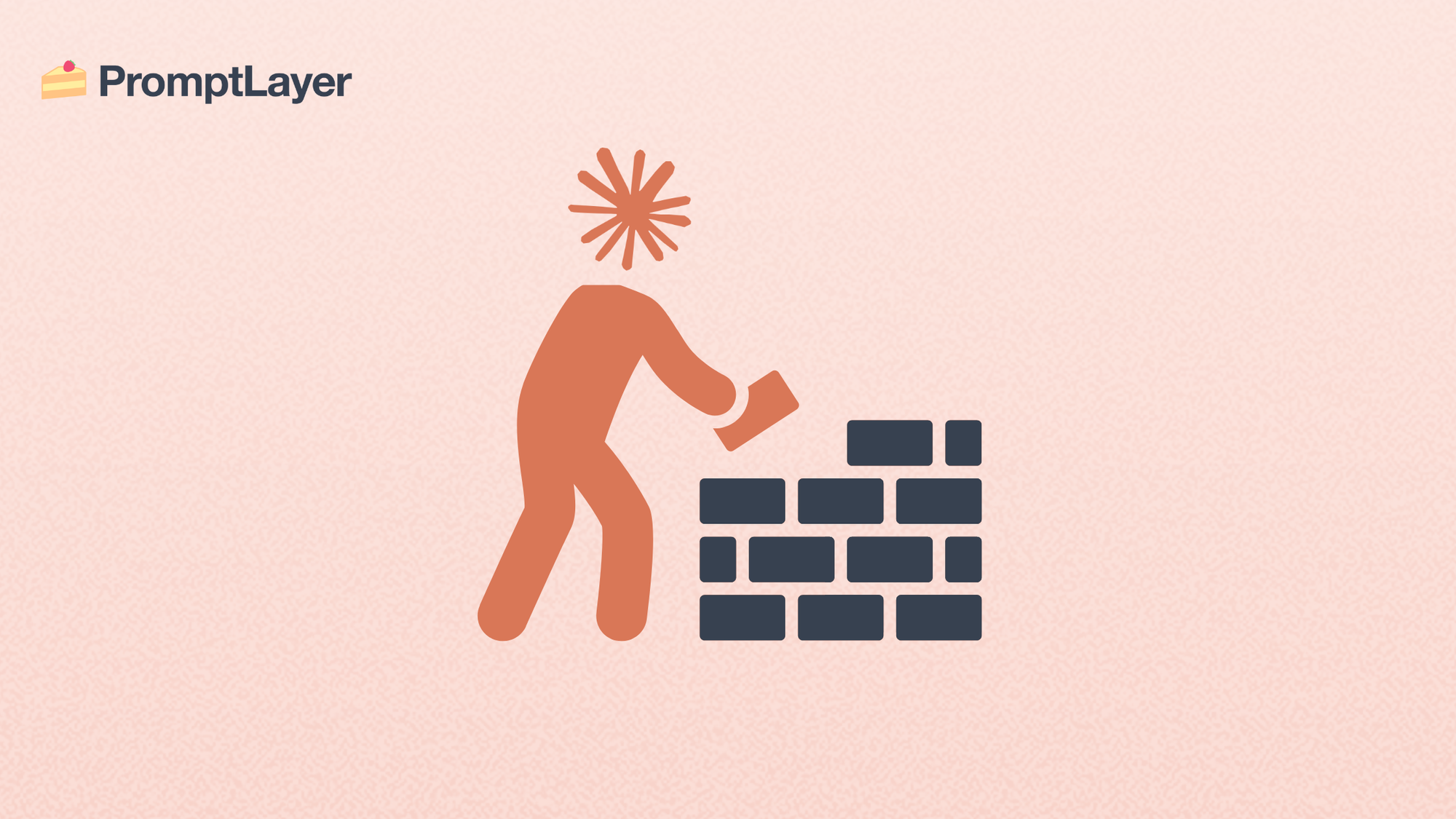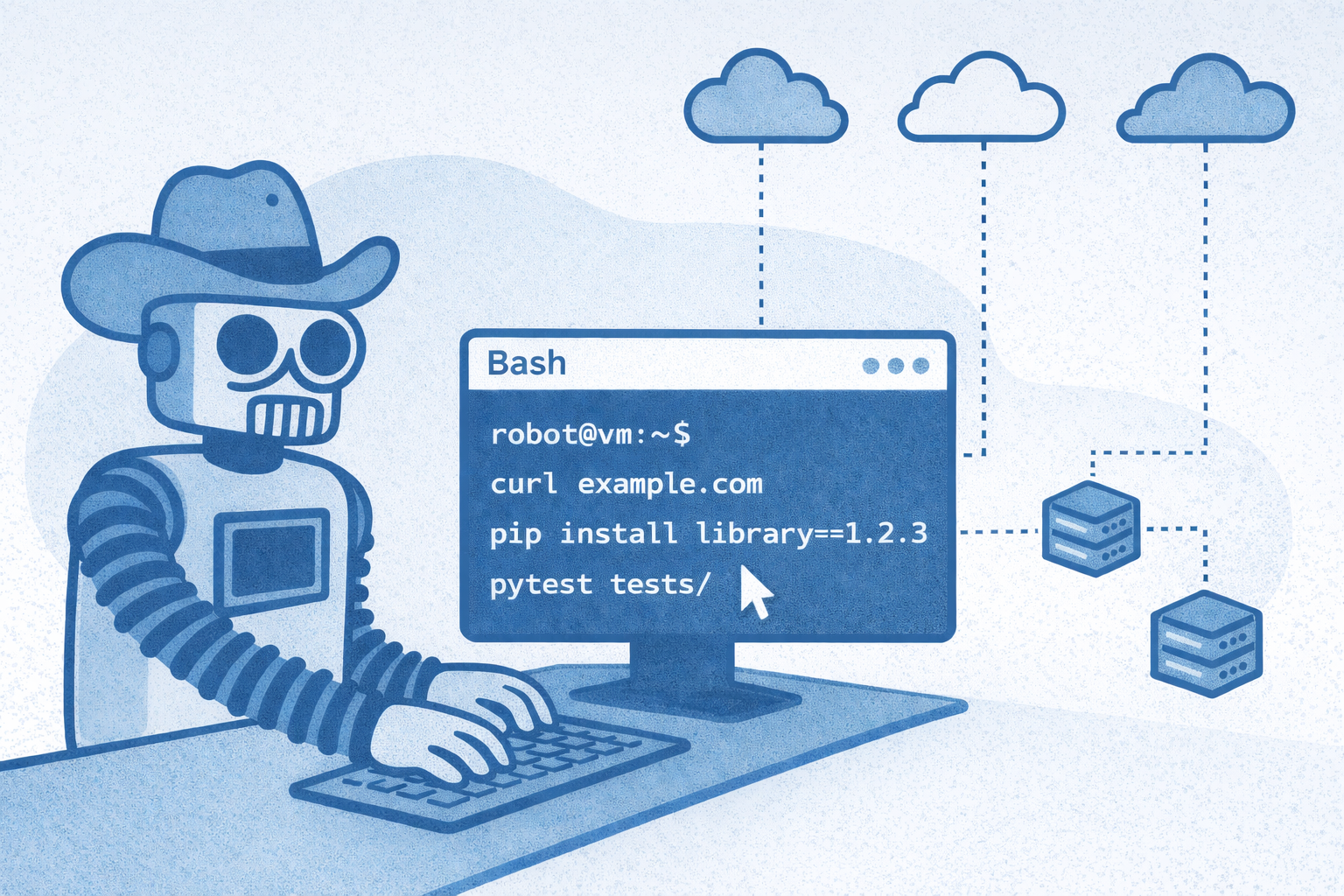Claude MCP: Integration, Features, and How to Build With It

Claude MCP (Model Context Protocol) is transforming how AI models connect with external tools and data sources. Developed by Anthropic, this open standard introduces a universal interface that enables AI systems to access real-time data, perform tasks, and interact with various APIs seamlessly. Claude MCP is a groundbreaking advancement in AI development, providing a flexible and efficient way to enhance AI capabilities.
Key Features and Functionalities
Standardized Integration
- Universal Interface: Claude MCP offers a consistent platform for AI models to connect with external systems, minimizing the need for custom integrations.
- Optimized Development: By standardizing interaction processes, MCP speeds up development timelines and simplifies maintenance.
Client-Server Architecture
- Structured Communication: Operating on a client-server model, MCP ensures effective communication between AI applications (clients) and servers representing data sources or tools.
Two-Way Communication
- Interactive Exchange: The protocol supports two-way communication, allowing AI models to both retrieve and execute tasks within external systems.
Security and Control
- Strong Security Measures: With end-to-end encryption and access controls, MCP ensures secure data transmission and user-approved AI actions.
Flexible Design
- Adaptability: MCP allows any AI system implementing the protocol to use any MCP-compliant connector, promoting adaptability and avoiding vendor lock-in.
Looking to enhance your prompt engineering and LLM deployment?
PromptLayer is designed to streamline prompt management, collaboration, and evaluation. It offers:
Prompt Versioning and Tracking: Easily manage and iterate on your prompts with version control.
In-Depth Performance Monitoring and Cost Analysis: Gain insights into prompt effectiveness and system behavior.
Error Detection and Debugging: Quickly identify and resolve issues in your LLM interactions.
Seamless Integration with Tools: Enhance your existing workflows with robust integrations.
Manage and monitor prompts with your entire team. Get started here.
Enhancements to AI Development
MCP's adoption empowers developers to create AI applications that interact dynamically with diverse data sources without extensive custom coding. This standardization accelerates development, enhances scalability, and enables AI models to deliver more accurate and relevant responses by accessing real-time information. The emphasis on security ensures safe and trustworthy integrations, maintaining data integrity.
Certainly! Here's a comprehensive subsection titled "How to Build with MCP" to enhance your article. This guide provides a clear, structured overview of the process, best practices, and tips for effectively building with the Model Context Protocol (MCP).
How to Build with MCP
Building with the Model Context Protocol (MCP) enables developers to create AI applications that seamlessly interact with external tools and data sources. By adhering to MCP's standardized client-server architecture, developers can enhance AI capabilities while maintaining security and scalability.
Understanding MCP Architecture
MCP operates on a client-server model comprising:
- Hosts: Applications like Claude Desktop or IDEs that users interact with directly.
- Clients: Components within the host that manage connections to MCP servers.
- Servers: Lightweight programs exposing specific capabilities (tools, resources, prompts) through the MCP standard.
This architecture allows for modular integration of various tools and data sources, facilitating dynamic AI interactions.
Step-by-Step Guide to Building with MCP
- Set Up Your Development Environment
- Choose an appropriate SDK based on your preferred programming language (e.g., Python, TypeScript, Java).
- Install necessary dependencies and set up your project structure.
- Develop an MCP Server
- Define Tools: Implement functions that the AI model can invoke to perform specific actions.
- Expose Resources: Provide access to data sources like databases or file systems.
- Create Prompts: Design reusable templates to guide AI interactions effectively.
- Implement an MCP Client
- Establish a connection between the host application and your MCP server.
- Handle communication protocols, including capability discovery and message exchanges.
- Integrate with the Host Application
- Configure the host to utilize the MCP client, enabling AI models to access the defined tools, resources, and prompts.
- Ensure proper context management to maintain seamless interactions.
- Test and Iterate
- Use tools like the MCP Inspector to validate server responses and client-server interactions.
- Iteratively refine your implementation based on testing outcomes and user feedback.
Building with MCP in PromptLayer
Connect Claude MCP to your applications through PromptLayer Agents.
With PromptLayer’s Agents, developers can directly connect AI models to MCP servers, integrating powerful external tools and dynamic data sources effortlessly.
How it Works
- Agent Configuration: Easily configure PromptLayer Agents to interface directly with MCP servers. Define capabilities, manage contexts, and streamline AI interactions through an intuitive setup process.
- Direct Server Communication: PromptLayer Agents handle client-side MCP protocol interactions, simplifying two-way communication with external MCP servers. This reduces complexity and accelerates development cycles.
- Enhanced Prompt Management: Utilize PromptLayer's comprehensive prompt management features, including versioning and debugging, to optimize prompts that drive effective interactions via MCP.
Key Advantages
- Rapid Integration: Quickly connect AI applications to MCP servers without extensive coding, reducing time-to-market.
- Flexibility and Scalability: Effortlessly scale integrations with multiple MCP-compliant services using PromptLayer’s standardized Agents infrastructure.
- Improved Collaboration: Centralize MCP interactions within PromptLayer, promoting team-wide visibility and streamlined management of AI tools and data interactions.
By building MCP integrations using PromptLayer's Agents, developers gain an efficient, secure, and highly flexible method to enhance AI capabilities, ultimately delivering more accurate and context-rich interactions.
Best Practices for Effective MCP Development
- Modular Design: Keep servers focused on specific functionalities to enhance maintainability.
- Security Measures: Implement robust authentication and authorization protocols to protect data integrity.
- Clear Documentation: Maintain comprehensive documentation for your tools, resources, and prompts to facilitate collaboration and future development.
- Community Engagement: Leverage community resources and contribute to open-source repositories to stay updated with best practices and innovations.
Tips for Success
- Start Small: Begin with a minimal viable product focusing on core functionalities before scaling.
- Utilize Existing Tools: Explore pre-built MCP servers and clients to accelerate development.
- Continuous Learning: Stay informed about updates to the MCP specification and emerging integration patterns.
Security Concerns and Solutions
Identified Vulnerabilities
- Security Risks: Recent research reveals vulnerabilities within the MCP framework, where leading LLMs could be manipulated to execute malicious code, gain unauthorized access, and steal credentials.
Mitigation Strategies
- MCPSafetyScanner: This auditing tool assesses and enhances the security of MCP servers, highlighting the importance of thorough security audits before deployment.
Comparisons with Other AI Integration Methods
OpenAI's Function Calling
- Built-In Feature: Allows specific models to use tools within their context.
- MCP's Advantage: Provides a flexible infrastructure, connecting any model with any tool, thus offering greater flexibility and interoperability.
Automation Platforms (e.g., Zapier)
- Trigger-Action Approach: Platforms like Zapier excel in orchestrating predefined workflows but are closed proprietary systems.
- MCP's Advantage: An open protocol enabling dynamic, real-time interactions, emphasizing security and user control.
Performance and Industry Impact
Claude 3 Series
- Advanced Model: Claude 3 Opus reportedly outperforms OpenAI's GPT-4 and Google's Gemini 1.0 Ultra, especially in complex tasks like intricate financial analyses.
- Multimodal Capabilities: The Claude 3 suite processes both text and images, showcasing significant advancements in AI performance.
Industry Support
- Open-Source Collaboration: The open-source nature of MCP fosters community-driven innovation. Early adopters like Replit and Codeium integrating MCP indicate strong industry backing.
Conclusion
Claude MCP sets a new benchmark for AI integration with its adaptable, secure, and universal protocol that enhances AI capabilities and simplifies development. Its role in the Claude 3 suite, particularly with models like Claude 3 Opus, positions it as a leader in establishing new industry standards. By leveraging MCP, developers can achieve efficient integrations, enhanced functionalities, and robust security in their AI projects.
About PromptLayer
PromptLayer is a prompt management system that helps you iterate on prompts faster — further speeding up the development cycle! Use their prompt CMS to update a prompt, run evaluations, and deploy it to production in minutes. Check them out here. 🍰



